Cabernet Sauvignon is one of the world’s most popular and widely grown grape varieties. It is known for its bold, full-bodied flavor and high tannin content, making it a favorite among wine enthusiasts. This red grape variety is grown in many regions around the world, including France, Italy, Australia, and the United States.
Whether you are a seasoned wine connoisseur or just starting to explore the world of wine, this article will provide you with valuable insights into the fascinating world of Cabernet Sauvignon.

Cabernet Sauvignon Wine
It`s the world`s most planted grape variety with a surface of more than 800000 acres globally. Major countries are France, USA (California), Chile and Australia.
Cabernet Sauvignon Taste
Cabernet Sauvignon wines are typically high in tannins, which can give them a firm and structured mouthfeel. The red wine is also known for its dark fruit flavors such as black currant, blackberry, and black cherry, as well as notes of tobacco, leather, and cedar.
Depending on the region where the grapes are grown and the winemaking techniques used, Cabernet Sauvignon wines can vary in style. For example, Cabernet Sauvignon wines from cooler regions such as Bordeaux, France, tend to have more herbal and earthy notes, while cabernet sauvignon red wines from warmer regions such as Napa Valley, California, can have more ripe fruit flavors.
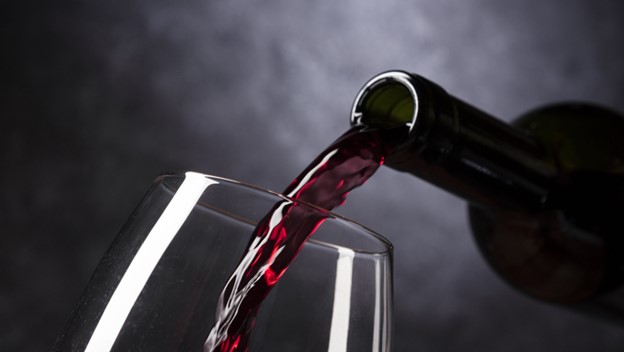
Production of Cabernet Sauvignon Wines
Cabernet Sauvignon grapes are typically harvested in the fall and are known for their thick skins, which make them resistant to disease and pests. The grapes are then crushed and fermented in stainless steel tanks, where yeast is added to convert the sugar in the grapes into alcohol. The juice is then aged in oak barrels, which can give the wine additional flavor and texture.
Winemakers can also blend Cabernet Sauvignon with other grape varietals, such as Merlot or Cabernet Franc, to create a more complex and balanced wine. The blending process can also help to soften the tannins and make the wine more approachable at a younger age.
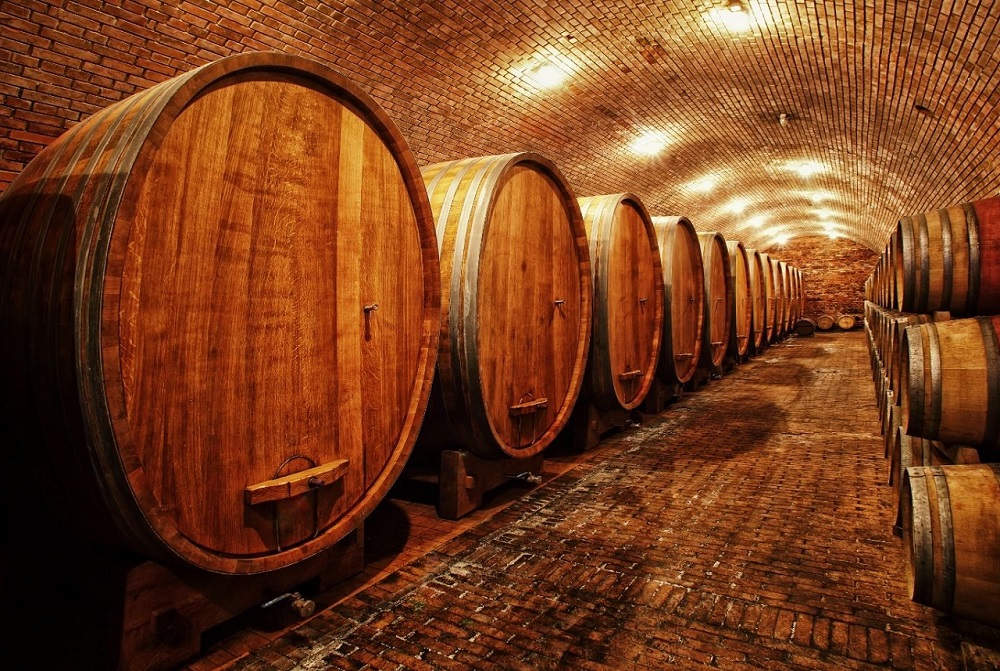
Overall, Cabernet Sauvignon is a versatile and popular wine that pairs well with a variety of foods, including red meat, cheese, and chocolate. It is also a great wine to age, as it can develop even more complex flavors and aromas over time.
Cabernet Sauvignon Grape
History and Origin of Cabernet Sauvignon Grapes
Cabernet Sauvignon is one of the most widely recognized grape varietals in the world. It is believed to have originated in the Bordeaux region of France in the 17th century. The grape is a cross between Cabernet Franc and Sauvignon Blanc. Both are native to the Bordeaux area. It is surprising to see that the white wine grape sauvignon blanc is the parent of a red wine grape.
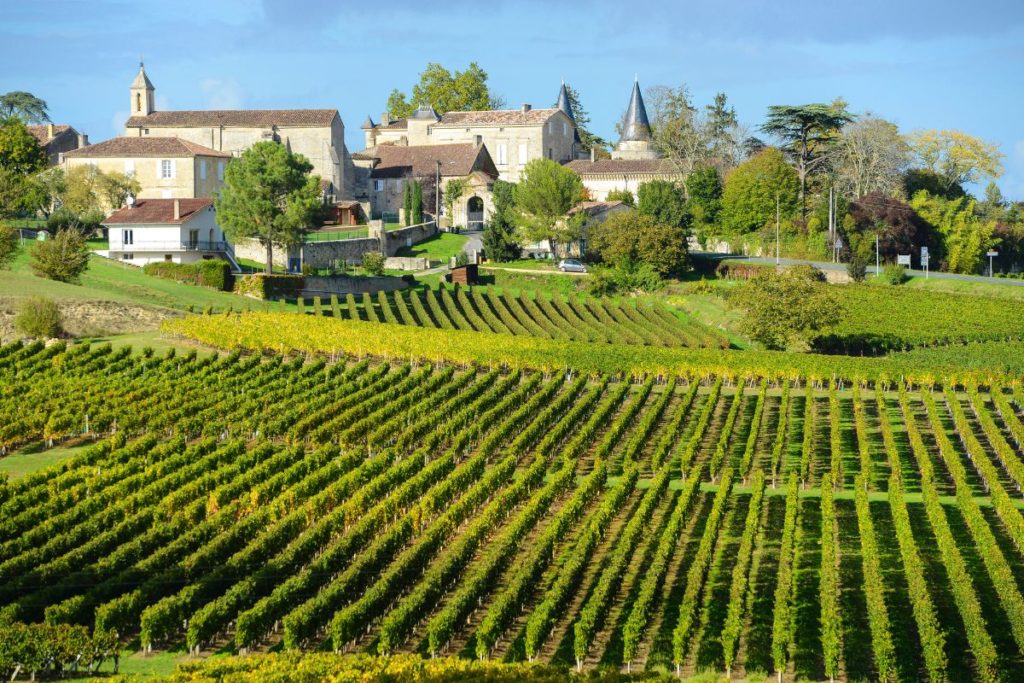
The name “Cabernet” comes from the French word “cabernet,” which means “small, thick-skinned grape.”
It wasn’t until the 18th century that Cabernet Sauvignon gained popularity in the Bordeaux region. The grape was prized for its ability to produce full-bodied, tannic wines that could age for decades.
Today, Cabernet Sauvignon is grown in many regions around the world, including California, Australia, Chile, and South Africa.
Cabernet Sauvignon Grape Varieties
There are several different varieties of Cabernet Sauvignon grapes, each with its own unique characteristics:
- Clone 337: This is a popular grape variety in California, known for producing wines with intense fruit flavors and aromas of blackberry, cassis, and chocolate.
- Clone 191: This variety is grown in the Bordeaux region of France and is known for producing wines with high tannins and a long finish.
- Clone 169: This grape variety is grown in the Coonawarra region of Australia and is known for producing wines with flavors of blackcurrant, mint, and eucalyptus.
Cabernet Sauvignon grapes are also often blended with other grape varietals, such as Merlot or Petit Verdot, to create complex and balanced wines.
Major Cabernet Sauvignon Regions
Cabernet Sauvignon is one of the most widely planted grape varieties in the world. It is grown in many regions around the globe, but some of the most notable include:
Bordeaux, France. Home to some of the world’s most famous Cabernet Sauvignon blends, often with Merlot and Cabernet Franc yielding the classic Bordeaux blend.
Napa Valley, California Known for producing rich, full-bodied Cabernet Sauvignon with ripe fruit flavors and firm tannins.

Coonawarra, Australia Famous for its “terra rossa” soil, which produces Cabernet Sauvignon with distinctive mint and eucalyptus notes.
Maipo Valley, Chile Produces Cabernet Sauvignon with intense fruit flavors and a strong sense of place, often with notes of tobacco and leather
Cabernet Sauvignon: Old World vs New World
This grape is grown in both Old World regions, such as France and Italy, and New World regions, such as the United States and Australia. Old World Cabernet Sauvignon tends to be more restrained and earthy, with flavors of tobacco, leather, and dried herbs.
New World Cabernet Sauvignon taste is often more fruit-forward, with flavors of blackberry, cassis, and plum. Depending on which Cabernet Sauvignon clone is planted fruitier wines are obtained in California (clone 337 ) or high tannin red wine is produced in France (clone 181)
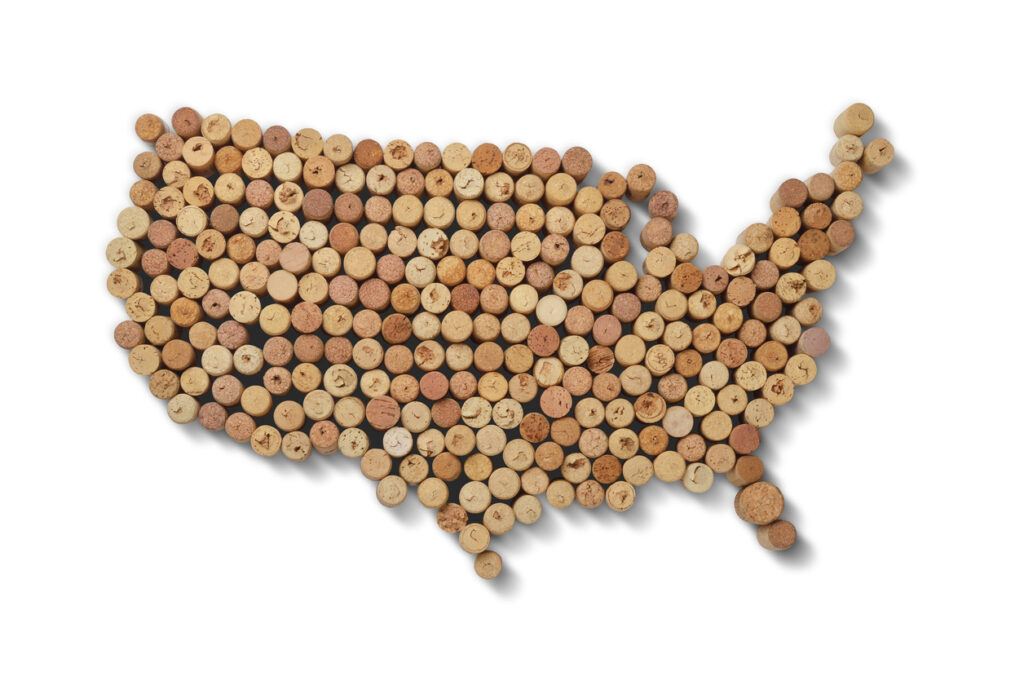
Cabernet Sauvignon Regions to Watch
While Cabernet Sauvignon is grown in many regions around the world, there are a few up-and-coming regions to keep an eye on:
- Washington State: Produces Cabernet Sauvignon with a unique combination of ripe fruit flavors and bright acidity
- Lebanon: Known for producing complex, elegant Cabernet Sauvignon blends with a sense of place
- South Africa: Produces Cabernet Sauvignon with a distinctive smoky character, often with notes of black olive and fynbos
Tasting Notes for Cabernet Sauvignon
How to Taste Cabernet Sauvignon
Cabernet Sauvignon is a complex wine, and it takes some effort to appreciate its full range of flavors and aromas. To get the most out of your tasting experience when you drink cabernet sauvignon wine, follow these steps:
- Look: Examine the wine’s color and clarity. Cabernet Sauvignon is typically a deep, dark red color.
- Swirl: Gently swirl the wine in your glass to release its aromas.
- Smell: Take a deep sniff of the wine and try to identify the different aromas present.
- Sip: Take a small sip of the wine and let it linger in your mouth for a few seconds before swallowing.
- Taste: Pay attention to the cabernet sauvignon taste and the wine’s flavors and how they evolve over time.

Flavors and Aromas of Cabernet Sauvignon Wine
Cabernet Sauvignon is known for its bold, full-bodied flavors and aromas. Some of the most common flavors and aromas found in Cabernet Sauvignon taste include:
- Black currant
- Black cherry
- Cassis
- Cedar
- Tobacco
- Vanilla
- Cocoa
Body: From Medium to Full Bodied Wine
Cabernet Sauvignon can range from medium to full-bodied, depending on the region and winemaking techniques used. In general, Cabernet Sauvignon from cooler regions tends to be lighter-bodied, while Cabernet Sauvignon from warmer regions tends to be fuller-bodied.
Tannins: Medium to High Tannin wine
It is a tannic wine, meaning it contains high levels of tannins. Tannins are responsible for the wine’s astringency and bitterness, and they help to give this red wine its structure and aging potential.
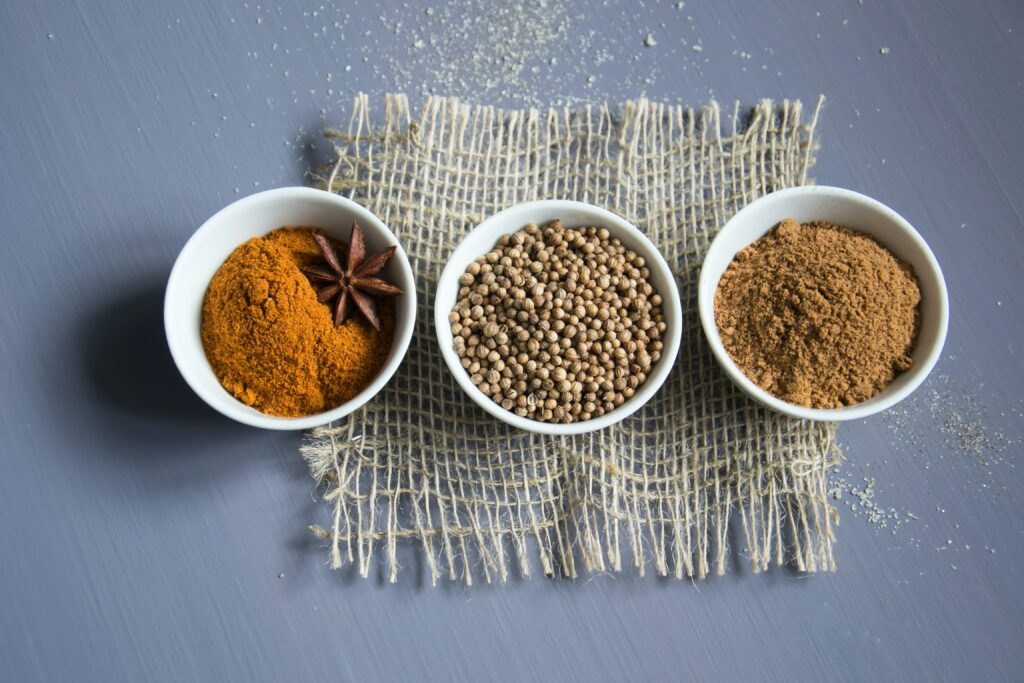
Cabernet Sauvignon can range from medium to high tannin levels, depending on the region, grape clone and winemaking techniques used.
Cabernet Sauvignon Food Pairing
Cab Sauv is a full-bodied, rich wine that pairs well with a variety of foods. Here are some food pairing suggestions to help you get the most out of your Cabernet Sauvignon:
- Red meat: Cab Sauv is a classic pairing with red meat, such as steak, lamb, and venison. The tannins in the wine help cut through the richness of the meat, while the wine’s fruitiness complements the flavors.
- Cheese: Cab Sauv pairs well with a variety of cheeses, including cheddar, gouda, and blue cheese. The wine’s tannins and acidity balance the richness of the cheese.
- Barbecue: This red wine is a great choice for barbecue, particularly if you’re serving beef or pork. The wine’s bold flavors stand up to the smokiness of the barbecue sauce.
- Dark chocolate: It pairs well with dark chocolate, which has a bitterness that complements the wine’s tannins.
- Herbs and spices: Cab Sauv pairs well with herbs and spices, such as rosemary, thyme, and black pepper. These flavors bring out the wine’s fruitiness and complexity.
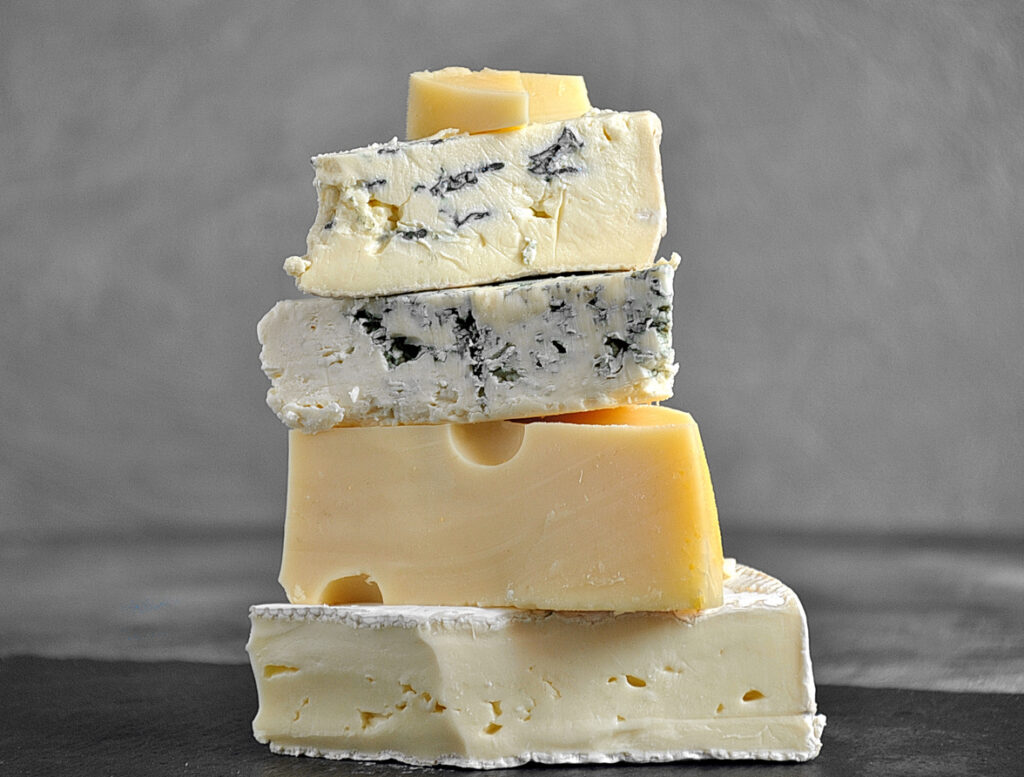
When pairing this red wine with food, it’s important to consider the wine’s tannins and acidity. The tannins in the wine can clash with certain foods, such as fish or spicy dishes, so it’s best to avoid these pairings.
Additionally, Cab Sauv should be served at room temperature, around 60-65°F, to bring out its full flavor profile.
Cabernet Sauvignon and Merlot
Cabernet Sauvignon and Merlot are two of the most popular red wine grape varieties in the world. While they share some similarities, they also have distinct differences that make them unique. Here’s a closer look at Cab Sauv vs. Merlot grapes:
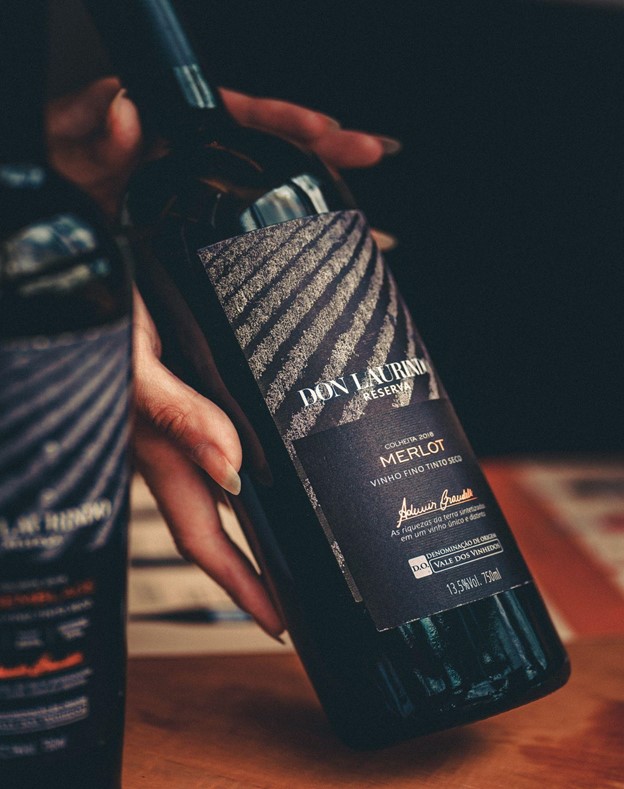
Flavor Profile
Cab Sauv is known for its full-bodied, bold flavor with high tannins and acidity. It often has notes of dark fruit, such as blackcurrant, blackberry, and black cherry, as well as hints of cedar, tobacco, and vanilla.
Merlot, on the other hand, is softer and more approachable, with a medium body and lower tannins. It has a fruitier flavor profile, with notes of plum, raspberry, and cherry, as well as hints of chocolate and herbs.
Cabernet Sauvignon Tasting Notes
When tasting Cab Sauv, look for its bold flavor profile and high tannins. It should have a long finish and may have hints of cedar, tobacco, and vanilla. Merlot should have a medium body and lower tannins, with a fruitier flavor profile. Look for notes of plum, raspberry, and cherry, as well as hints of chocolate and herbs.
Cabernet Sauvignon and merlot are two fruity red wines with merlot wine being fruitier and lower on tannin content.

Cabernet Sauvignon vs Malbec
Cab Sauv and Malbec are two popular red wine grape varieties that are often compared and contrasted. While both are known for their bold flavors and tannins, there are some key differences between the two.
In terms of flavor, Cab Sauv is known for its bold, full-bodied taste with notes of black currant, tobacco, and vanilla. Malbec, on the other hand, is known for its softer, more fruit-forward taste with notes of blackberry, plum, and chocolate.
When it comes to food pairings, Cab Sauv pairs well with grilled meats, hearty stews, and strong cheeses. Malbec is a great pairing for grilled meats, spicy dishes, and dishes with a hint of sweetness.
Overall, both Cabernet Sauvignon and Malbec are great choices for red wine lovers, but they have distinct differences in flavor and origin.

